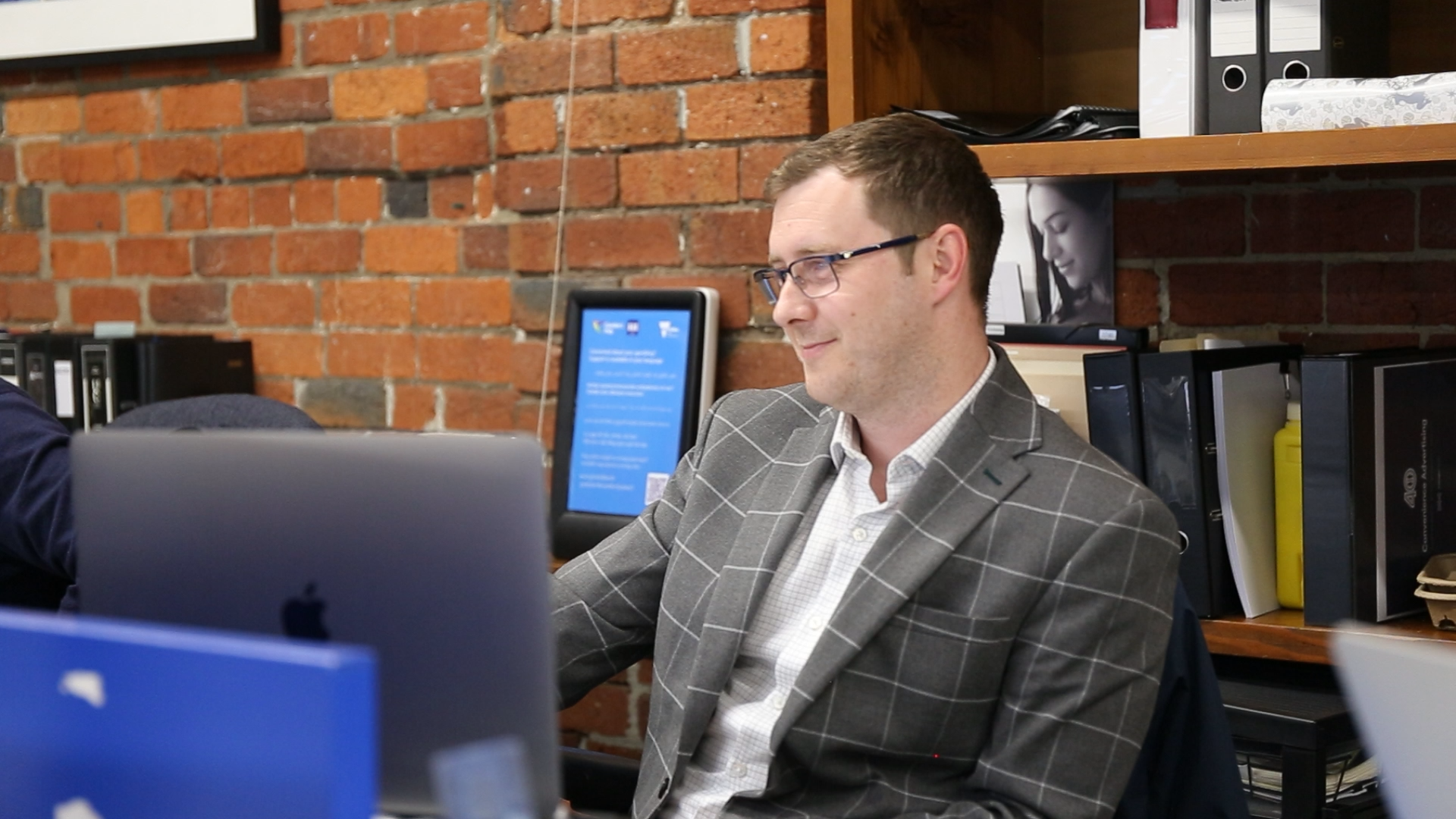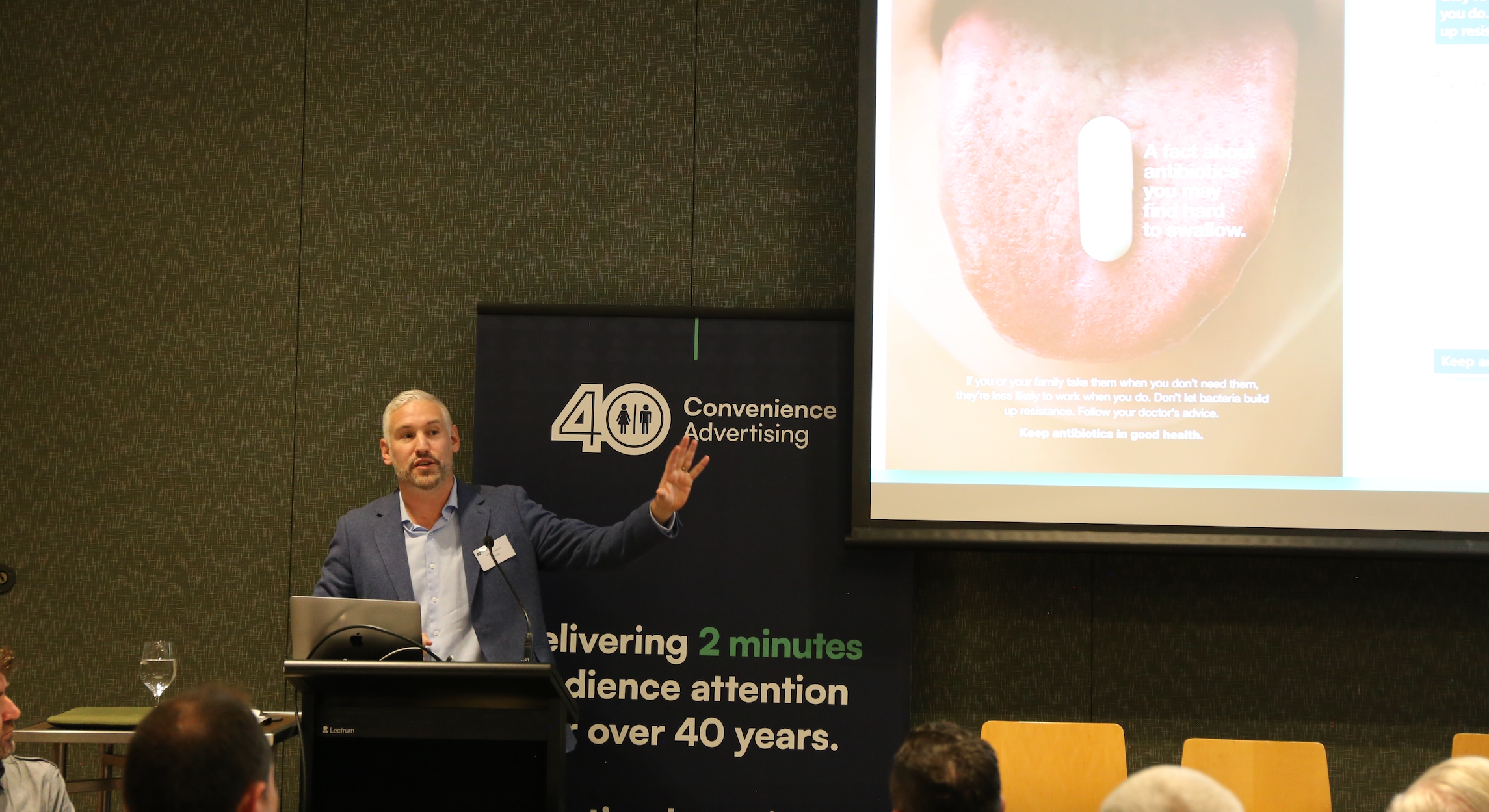

Expert insights: Behaviour Change campaign tips from Dr Rory Gallagher
We asked Rory to share his top line recommendations for developing effective behaviour change campaigns.
Creating behaviour change
If you're designing a behaviour change campaign, make sure you really understand your audience and the behaviour you're trying to change. To do that, you need to undertake a variety of qualitative and quantitative consumer research, to fully understand the data that tells you why particular audience segments are behaving in particular ways and the barriers that might be preventing that behaviour from happening.
If you're able to do that, as well as target your interventions effectively, you’re much more likely to see the behaviour change you desire.
What are your top three tips?
Three key tips when designing a behaviour change program would be to understand, design and test.
1 - First, understand your audience and the behaviour you’re trying to change.
2 - Next, design the system around that to try and make it as easy as possible for humans to undertake that behaviour: make it easy, attractive, social and timely.
3 - Finally, test to see if it does actually work in practice.
What's the most common pitfall?
Often we roll out a behaviour change program but we're not able to actually track whether it works or not, particularly who it works for and why. A lack of data and measurement is probably the biggest and most frequent barrier to effective behaviour change.
What is your recommendation on method?
One of the most powerful methods of behaviour change is just to simplify a process. That can be simplifying the language. It can be simplifying the way that you change that behaviour.
We live in a battle for people's attention. People are spread very thin, and even one extra click on a website can mean people fall out of your process.
The clearer you can make your call to action and the least number of steps that people have to take to change that behaviour or sign up for something, the better.
Why are bathroom messaging campaigns so effective in changing behaviour?
We live in an attention economy where firms are competing for our attention. The smartphones we carry around everywhere with us have made that race even faster and tighter.
So actually, the method that you have here, where you have people alone in the bathroom for two minutes, and an opportunity to engage them, is an extremely precious one and a really valuable one to use for behaviour change.
About Rory
Dr Rory Gallagher is former Managing Director of the Behavioural Insights Team Asia Pacific. He led the establishment of the New South Wales Department of Premier and Cabinet’s Behavioural Insights Unit and has also worked with numerous state and commonwealth departments, as well as NGOs and philanthropic bodies across Australia. Prior to joining the Behavioural Insights Team, Rory worked in the UK Prime Minister’s Strategy Unit.
More insights:
 How CA have reshaped the power of attention, accountability, and data in public health messaging. With projects like DonateLife and metrics like aCPM, Peter highlights why Bathroom Advertising is stronger than ever.Read more
How CA have reshaped the power of attention, accountability, and data in public health messaging. With projects like DonateLife and metrics like aCPM, Peter highlights why Bathroom Advertising is stronger than ever.Read more
How data, seasonality and context influence more effective suicide prevention communication
Suicide risk peaks in warmer months and is higher in men, young women, and remote areas. Targeted messaging with QR codes provides discreet access to support when it’s most needed.Read more
Where Age, Attention, and Behaviour Meet on Our Roads
As Australia ages, road safety risks evolve. Paired with ongoing behaviours like distraction and impaired driving, targeted messaging in high-attention environments becomes essential for driving safer choices.Read more
